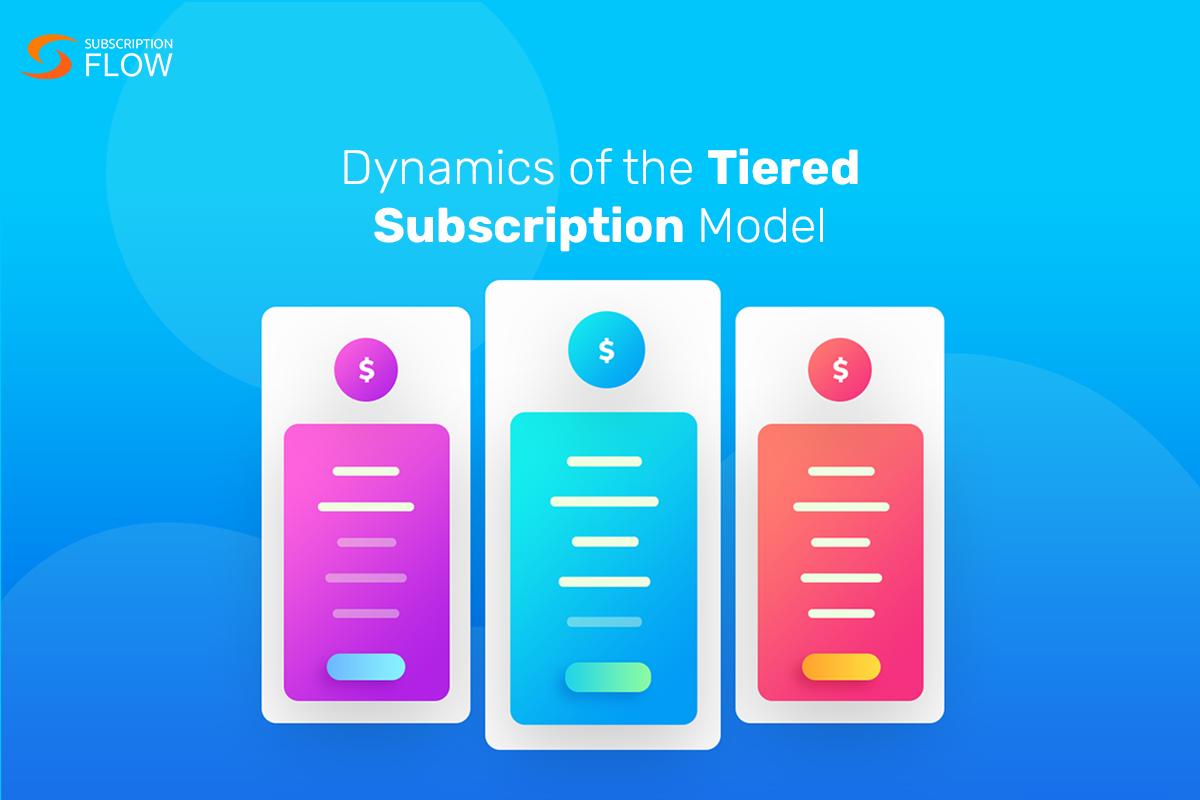In recent years, streaming services have revolutionized the way we consume entertainment, offering unparalleled convenience and a vast array of content at our fingertips. However, beneath the surface of these seemingly straightforward subscriptions lies a complex web of hidden costs that can catch consumers off guard. From fluctuating subscription fees to unexpected charges for premium content, these hidden expenses can significantly impact your budget. This article delves into the intricacies of streaming service pricing, providing a comprehensive analysis of the potential financial pitfalls and offering insights to help you make informed decisions before committing to a subscription.
Understanding Subscription Tiers and Pricing Structures
When diving into streaming services, it’s crucial to navigate the intricacies of their pricing models. Many platforms offer multiple subscription tiers, each with its own set of features and limitations. These tiers can vary widely, from basic plans with ads to premium options with high-definition streaming and offline downloads. Understanding these differences is key to avoiding unexpected expenses.
Consider the following when evaluating a subscription:
- Ad-Supported vs. Ad-Free: Basic plans often include ads, which can interrupt your viewing experience. Ad-free tiers usually come at a higher cost.
- Resolution and Device Limits: Lower tiers might restrict streaming quality to standard definition and limit the number of devices you can use simultaneously.
- Content Access: Some services reserve exclusive content for higher-paying subscribers, enticing you to upgrade.
- Trial Periods and Auto-Renewals: Be wary of trial offers that automatically renew at a higher price unless canceled.
By carefully analyzing these factors, you can choose a plan that aligns with your viewing habits and budget, avoiding any hidden costs that might arise from unexpected limitations or fees.
Analyzing Data Usage and Its Impact on Your Internet Bill
In today’s digital age, streaming services have revolutionized how we consume media, but they also come with hidden data costs that can significantly impact your internet bill. Understanding your data usage is crucial, especially if you’re on a limited data plan. Streaming video in high definition or 4K can consume a substantial amount of data. For instance, watching a two-hour movie in 4K can use up to 16 GB, compared to just 2 GB for the same movie in standard definition.
- Video Quality: Opt for lower resolutions to save data. Most services allow you to adjust settings.
- Data Caps: Check if your internet plan has a data cap. Exceeding it can lead to hefty overage charges.
- Multiple Devices: Streaming on several devices simultaneously can exponentially increase data usage.
By analyzing your streaming habits and adjusting settings accordingly, you can better manage your data usage and avoid unexpected charges on your internet bill. Awareness of these factors empowers you to enjoy your favorite shows and movies without financial surprises.

Evaluating Content Libraries and Availability Limitations
When considering a streaming service, it’s crucial to scrutinize the content library and its availability limitations. Many platforms boast extensive catalogs, yet the reality often reveals a landscape where regional restrictions and licensing agreements shape what you can actually access. Content that is readily available in one country might be absent in another, leading to unexpected gaps in your viewing experience.
Moreover, the promise of a vast selection can sometimes mask a rotating roster of titles, where beloved shows and films disappear without notice due to expiring contracts. This can be particularly frustrating if you’re midway through a series. As you weigh your options, consider these factors:
- Regional Availability: Check if your favorite shows are available in your area.
- Content Rotation: Understand how often the library changes and which titles might be at risk of removal.
- Exclusivity Deals: Be aware of exclusive content that might sway your decision but may also restrict options.
A thorough evaluation of these aspects can save you from unexpected disappointments and ensure you select a service that aligns with your entertainment needs.

Exploring Additional Fees and Unexpected Charges
While streaming services often advertise a straightforward monthly fee, users may encounter a range of additional costs that aren’t immediately obvious. Many platforms offer premium tiers that provide access to exclusive content or enhanced features, which can quickly increase the overall expense. These tiers often include perks like ad-free viewing, higher resolution streaming, or simultaneous streaming on multiple devices, enticing users to spend more than they initially planned.
- Rental Fees: Some services charge extra for renting the latest movies or special releases, which are not included in the standard subscription.
- Live TV Add-ons: Access to live TV or sports events may require additional subscriptions or one-time payments.
- Data Usage Costs: Streaming in high definition or 4K can consume significant data, potentially leading to increased internet charges for users with capped data plans.
- Device Compatibility: Certain features or content may only be available on specific devices, prompting users to invest in new hardware.
Understanding these potential charges is crucial for consumers aiming to keep their entertainment budgets in check. By being aware of these hidden costs, subscribers can make informed decisions and avoid unexpected surprises on their bills.



